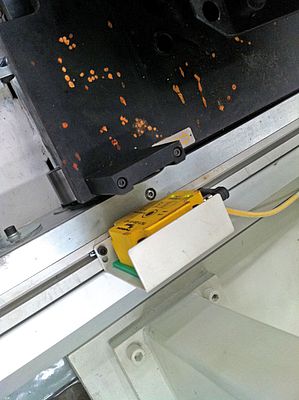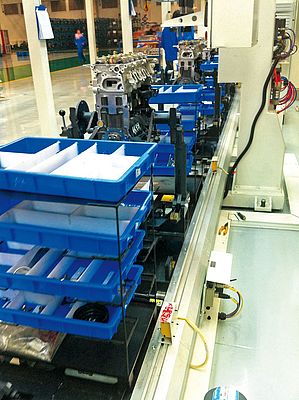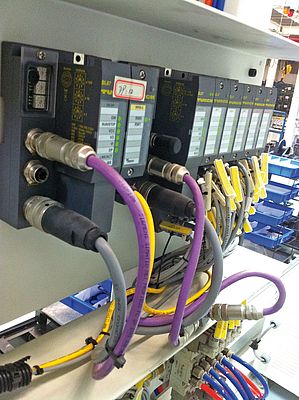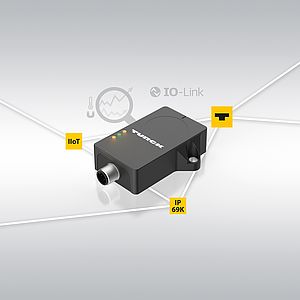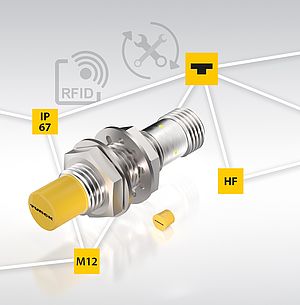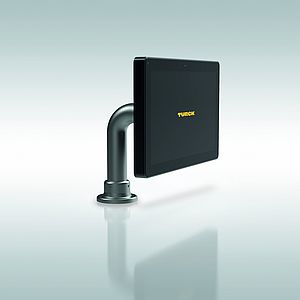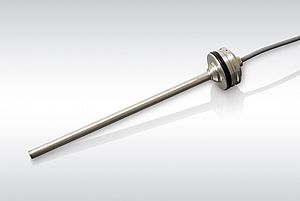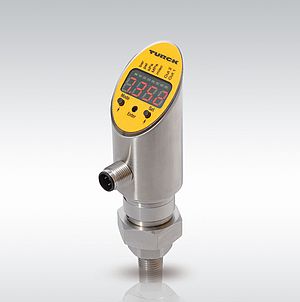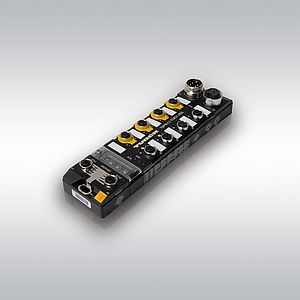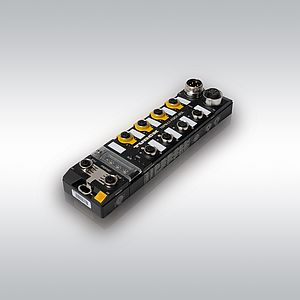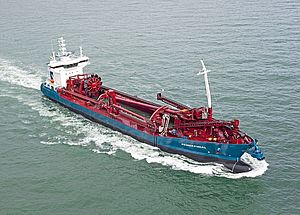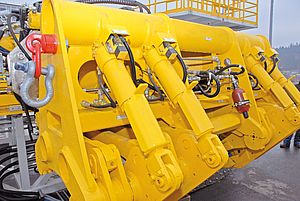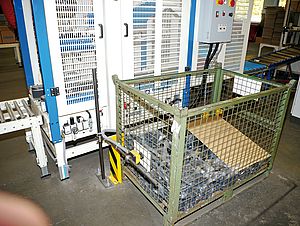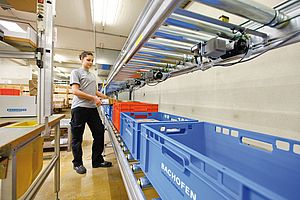An automotive manufacturer in China is using RFID to coordinate the production of different engine versions. System integrator Tianyong Mechatronics chose Turck's BL ident RFID system - because the modular system was easy to integrate in the existing Profibus DP and Modbus TCP network structure.
The engine is probably the most complex and technically demanding part of the entire automobile. If different variants of an engine are built on the same assembly line, this complexity increases further. Engine assembly lines are accordingly also detailed and complex. Engine production is a sequential process with defined stations. Once a component is fitted, it is not easy to reverse the operation - at least not without a justifiable amount of time and expense.
The consequence from this is that the countless number of components on each engine must fit perfectly and exactly in accordance with customer specifications. In order to ensure this and to exclude errors as much as possible, one automotive manufacturer in China is using RFID in its engine production for the mounting of moving parts. This ensures error-free and completely transparent production for the customer.
Multivariant production
System integrators Tianyong Mechatronics, based in Shanghai, used Turck's BL ident RFID solution to implement the quality assurance and control of engine production. The customer produces several engine variants on one assembly line. RFID read/write heads identify the current engine variant using an RFID tag that is fitted to the workpiece carrier of the engine blocks. The system reads the appropriate configuration of the necessary components from a database and links them with the current engine. Large engine components are provided directly with a tag while smaller components are brought into the line in special carriers.
Workers sort the smaller components in picking containers. The read/write heads on the assembly lines read the engine ID so that the controller can automatically request the required components. Light signals at the corresponding shelf compartments indicate to the worker the parts to be selected for each specific engine. Employees take the parts and acknowledge that the correct components have been picked.
A worker brings the carriers with several vertically arranged boxes to the assembly line where they are transported by a conveyor belt on multi-layered carriers. Tags are fitted to each individual shelf frame, and these move past the read/write heads of the stations. The system can thus assign the picking containers to the correct engine and enable the production of several engine variants on a single assembly line.
The data of each tag is also stored in the central database. This enables the current production status of each engine to be called up at any time. The system also writes onto the tags test values and measures data taken at the production stations, and compares them with the reference values stored in the database. The tags also contain the IDs of the engine and the components as well as additional information. The eight kilobyte memory is sufficient for this and all data is available for statistical evaluations, quality assurance and to ensure the complete transparency of production - even after the day of shipment.
This provides the automotive manufacturer with complete statistical data about production, enabling error accumulations and their sources to be identified and rectified systematically. Despite the comprehensive acquisition of data, the customer also required additional protection from data loss or write errors through unexpected disturbance factors. The system integrator therefore recommended the additional use of a Turck RFID handheld device. This enables assembly workers on the line to carry out read/write operations manually in order to check tags spontaneously without having to initiate a stop on the assembly line.
As different fieldbus protocols are used in the application for different tasks, the modularity of Turck's BL ident RFID system made a good impression. The read/write heads on the line are integrated in the infrastructure with BL67 I/O systems. A gateway communicates via Profibus DP with the Mitsubishi PLC and is responsible for the control and communication of the RFID read/write heads. UHF read/write heads can be connected to the same BL67 I/O stations if the system requires the integration of additional identification tasks using the larger UHF sensing range in the future. Ethernet stations are used for monitoring the fieldbus, collecting information and for production planning. Here too, Turck supplied a BL67 gateway which communicates with a PC directly via Modbus TCP, monitors all field information in real time and locates important components.
Impressive modular solution
Chuanhua Rong, project manager at system integrators Tianyong Mechatronics, was impressed by the flexibility of the BL ident system. "The modular structure enabled the same BL ident modules to be used on different gateways. This simplifies model selection. We only had to replace the gateways to implement different protocols. The same RFID base modules, read/write heads, tags and cable sets could be used for all gateways."
The customer can connect up to eight read/write heads to each gateway, as well as additional digital and analog I/O modules. The required sensing ranges between 0 and 200 mm were ideal for the requirements of the application. Another benefit also impressed Rong: "The prefabricated cables enabled us to considerably reduce our installation expenditure. The program adaption using the standard PIB function blocks was also completed very quickly."


